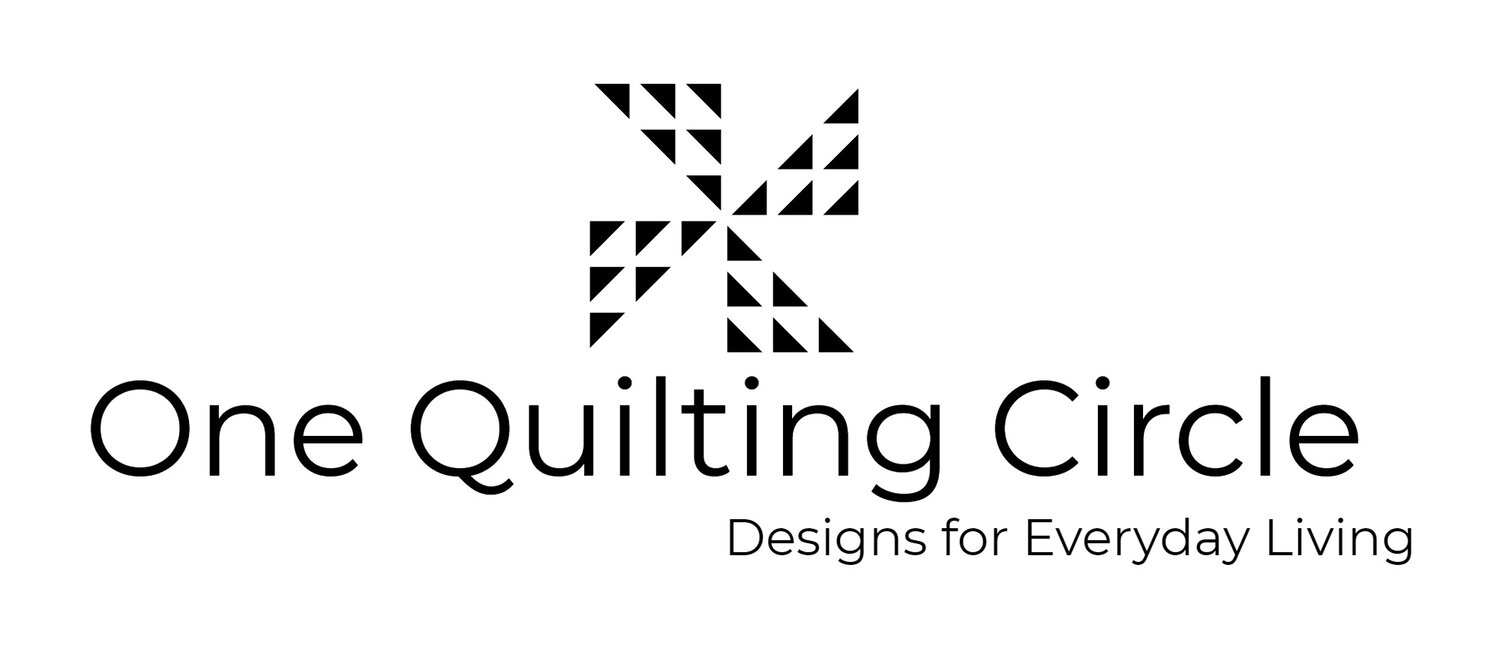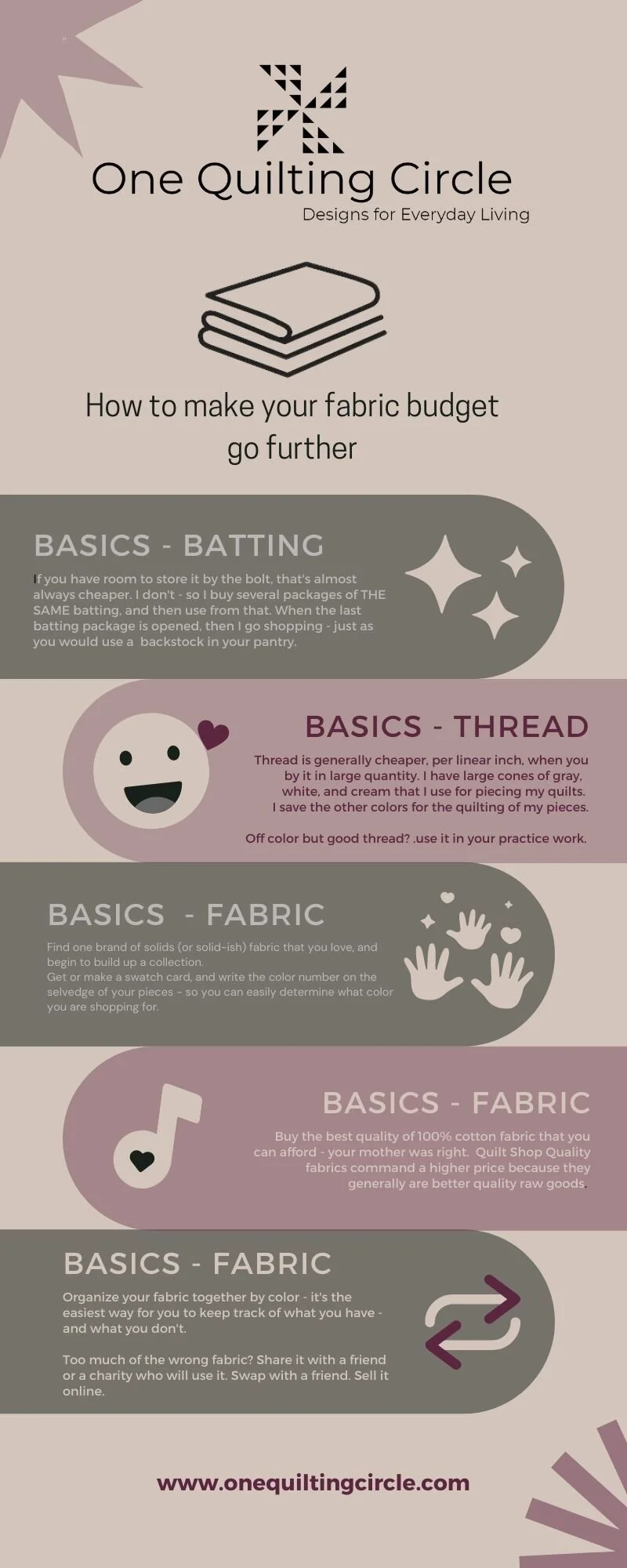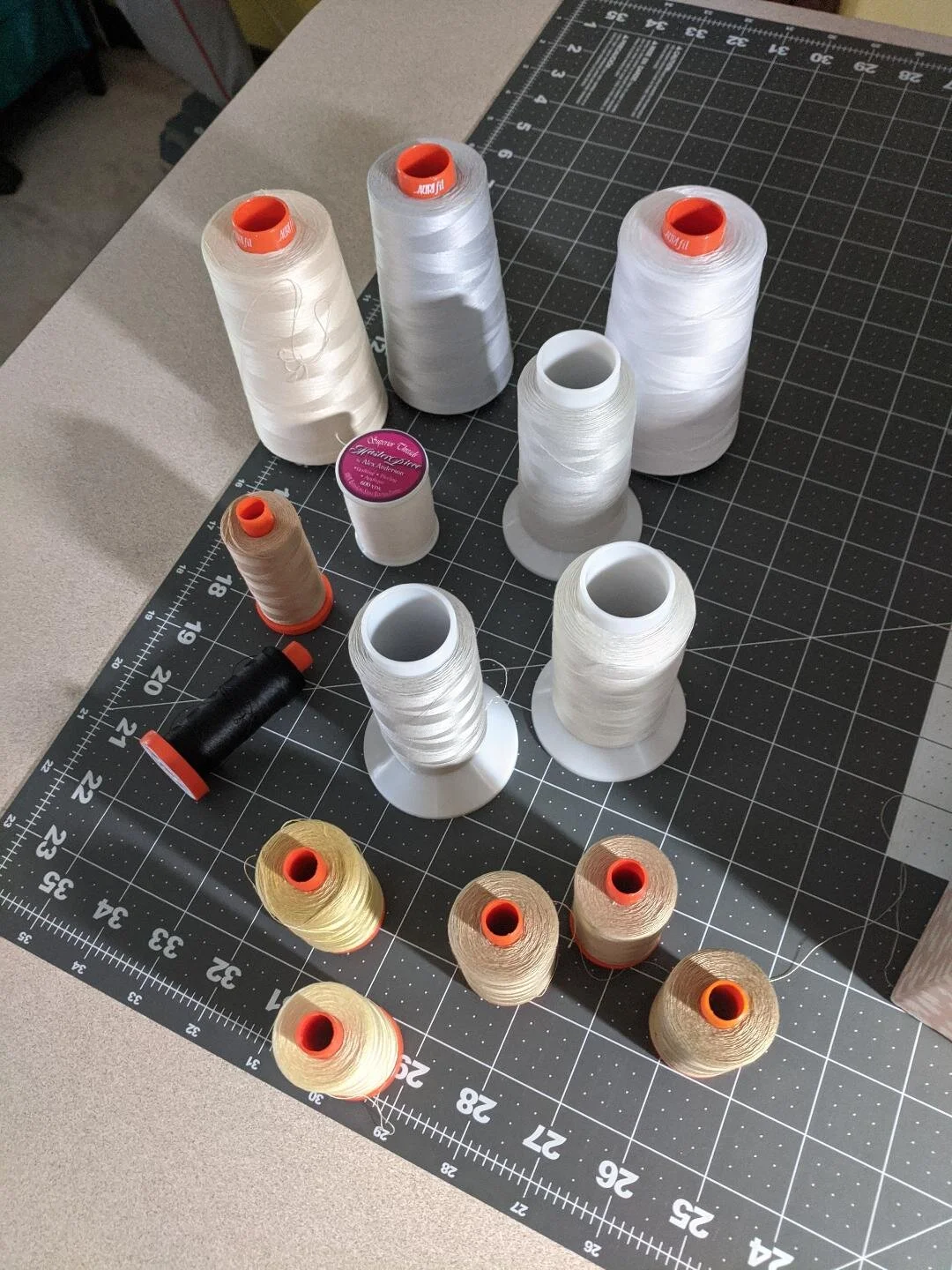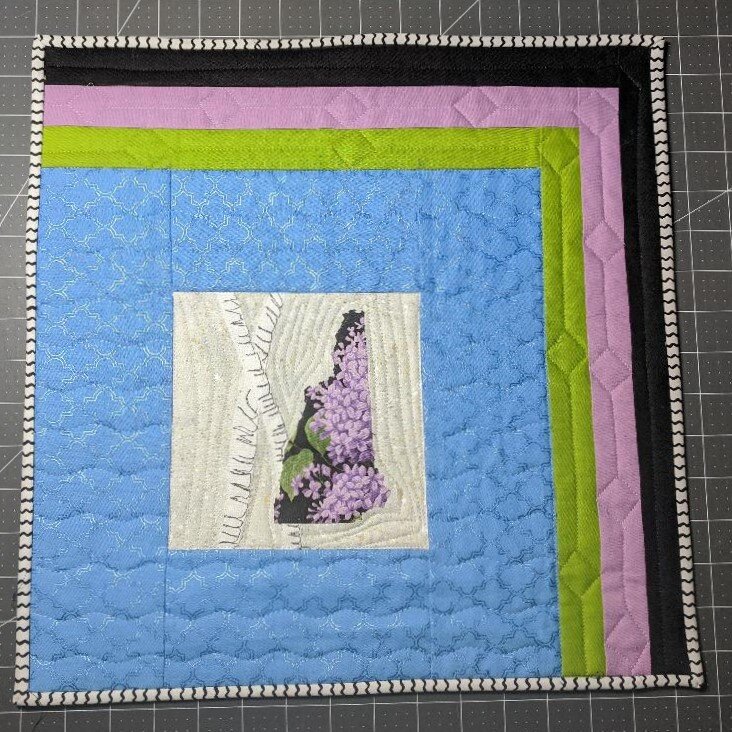How to get the most bang for your quilting dollar
5 quick and easy ways for you to stretch your dollar - and your sanity
Today’s post will covers 5 quick tricks that I use to stretch my quilting dollars, and I am happy to share them with you.
Batting - it’s definitely cheaper by the roll, but then you have to store the roll. I don’t have the space to store a roll of batting here in the workroom, so I’ve come up with an alternate solution that works for me. I use Bosal brand Acadia weight batting here. It’s what I use everyday, and using just one type allows me to join small cuts together as frankenbatting for practice pieces for machine quilting. I buy 3 at a time, and when I open the third package, I go shopping for more. If you’ve watched pantry organization videos as much as I have this pandemic, then you know this is called a backstock. It works in a lot of different applications.
fresh out of the stash!
2. This is my piecing thread. Thread is almost always cheaper when you buy it in larger quantities, and I use white, light gray and cream (mostly) when I piece a quilt top. I don’t piece a lot using black, so there’s no need for me to have a big cone of that. I had accumulated a lot of medium size Aurifil cones, and when those are finished, I will buy one large cone of a cream. My Aurifil colors are kept separately.
3. Solid fabrics are generally cheaper to produce than prints, and I have found that if you find one brand that you like, and can easily access, it’s a great way to pull out individual colors in your printed fabrics. Next week’s blog post will cover this topic in more detail as I share my secret ‘weapon’ for making solids work harder for you.
Here are some random pulls from my stash - you might recognise some of the names
Welcome…
Hi, I’m Linda Pearl - quilter, teacher, designer and blogger, and I’m happy to have you here. I’d like to tell you a little bit more About Me…
4. This is a twist on the old adage that you get what you pay for…and good, quilt shop quality fabrics (such as the ones shown above) will last longer in your stash - and in your quilts - than cheaper grade cottons. The griege goods (the raw materials that the fabrics are printed on) are high grade product, and it’s what makes you just want to snuggle up in the fabrics. Market forces will try to substitute a cheaper grade in order to keep the costs down - another good reason to get your ‘good’ fabrics out and start playing with them. Any of these fabrics feel wonderful to the touch, and they will last a long time.
5. Knowing what you have is much easier to do when you have your stash sorted, and I have found that I sort each of the elements by color - the yardage, the fat quarters, the scraps, the batiks. I generally don’t buy collections, although I do have a small stash for Kaffe Fasset fabrics, and a small one for my Island Batik fabrics and my solids. Neither solids nor batiks have selvedges the way that other woven cottons do, and I need to keep them isolated by themselves. I used to joke that they were in quarantine, but after 2020, that’s not so funny anymore. Using color as a sorting system has made things so much easier for me to find - or to pull on a day to day basis. It works for me - but it took a long time for me to get there.
This week’s blog post is the second in a series of blog posts devoted to the topic of getting the most out of your quilting dollar. The first post in the series can be found here. Come back next week when I take you on a field trip to expand on how I stretch my budget further - in a big box store. I’ll post the link here when the post is published.
What’s YOUR best tip for saving money on your quilting budget?







